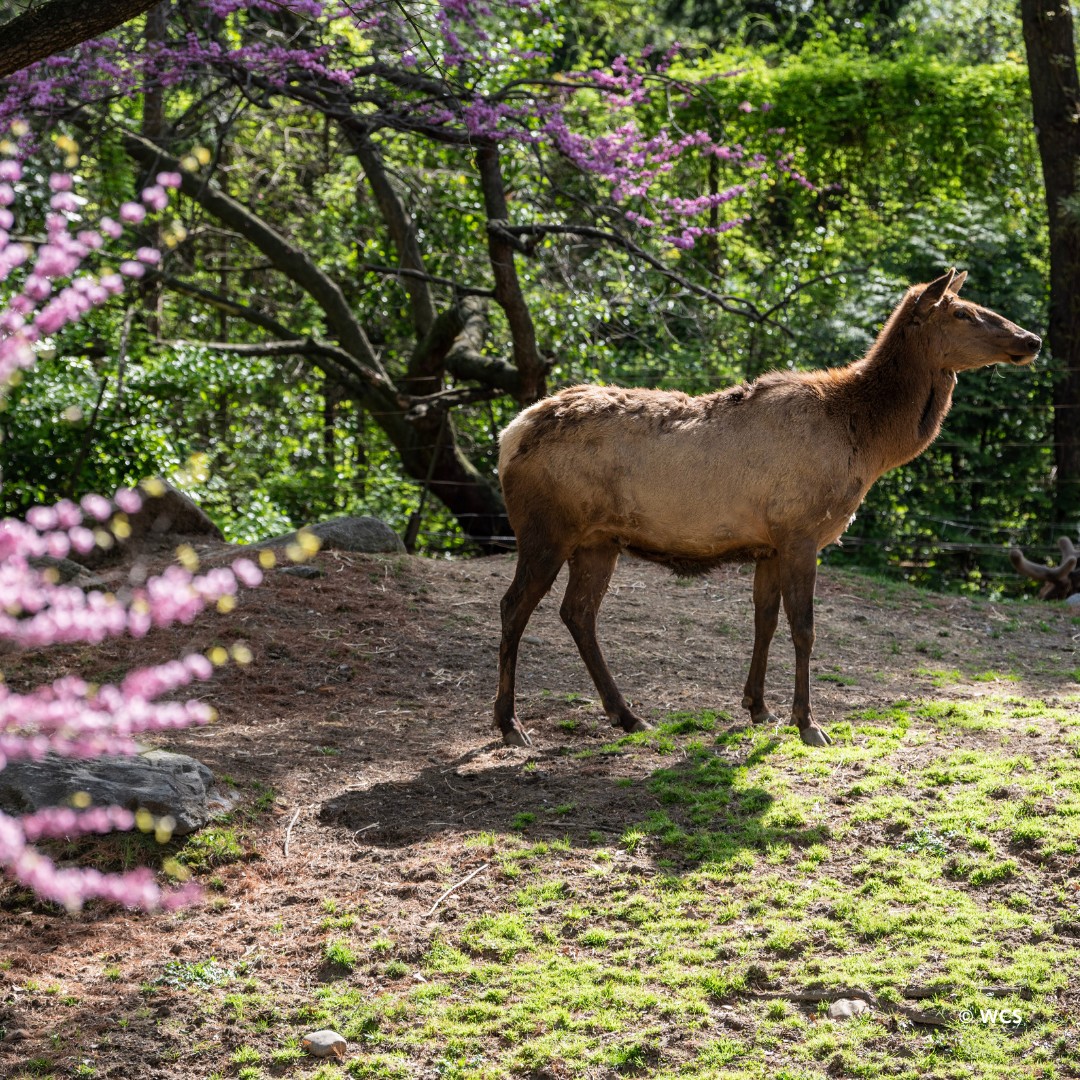- Overview of The Queens Zoo as a scenic and educational spring destination.
- Details on the Roosevelt elk, their biology, habitat, and conservation status.
- Historical conservation efforts and President Theodore Roosevelt’s role in saving the Roosevelt elk.
- Importance of accredited zoos in wildlife conservation and public education.
- Programs and initiatives by The Queens Zoo to conserve species and engage the community.
The Queens Zoo, nestled within the lush landscapes of Flushing Meadows-Corona Park, offers a perfect escape for those looking to enjoy a spring day amidst nature and wildlife. As a setting where visitors can both relax and learn, the zoo provides a space where families, students, and animal enthusiasts can connect with the natural world and gain insights into the lives of diverse species.
A standout feature of The Queens Zoo is the presence of the Roosevelt elk, the largest of the four elk subspecies native to North America. These majestic creatures capture the imagination with their impressive antlers and commanding presence. Found primarily along the Pacific Northwest, the Roosevelt elk inhabit dense rainforests and are known for their adaptability to various terrains. Males, known as bulls, can weigh up to 1,100 pounds and stand 5 feet tall at the shoulder. These elks graze on grasses, shrubs, and other vegetation, playing a vital role in maintaining the balance of their ecosystems.
In the late 1800s and early 1900s, the Roosevelt elk faced the threat of extinction due to overhunting and habitat destruction. Recognizing the urgent need for conservation, President Theodore Roosevelt took decisive action. In a landmark move, he established a protected area that laid the foundation for Olympic National Park. This sanctuary provided a safe haven for the elk population to recover, allowing their numbers to gradually increase. Today, the establishment of such protected areas exemplifies the critical importance of conservation initiatives in wildlife management.
The Queens Zoo has the distinction of being one of a select number of accredited zoos across North America that exhibit Roosevelt elk. This accreditation assures the highest standards in animal care, education, and conservation efforts. Zoos play an essential role in wildlife conservation by providing insight into animal behavior, facilitating breeding programs for endangered species, and educating the public about biodiversity and ecological responsibilities. Engagement with animals like the Roosevelt elk helps foster a deeper understanding of the species and the challenges they face in the wild.
The zoo’s initiatives go beyond simply displaying animals. Their programs aim to immerse visitors in the complex narratives of wildlife conservation, illustrating both the triumphs and ongoing challenges. Outreach and educational programs reach local schools and communities, broadening awareness and inspiring action. Through interactive exhibits and guided tours, visitors gain firsthand experience of the sights and sounds of the animal kingdom, fostering a connection that goes beyond mere observation.
Conservation efforts at The Queens Zoo extend to breeding programs and participation in Species Survival Plans (SSPs), which focus on maintaining genetically viable populations of endangered species in captivity. These programs are critical in preventing the loss of genetic diversity and ensuring the long-term survival of species like the Roosevelt elk. By participating in SSPs, The Queens Zoo contributes significantly to international conservation strategies, exemplifying the cooperative spirit necessary for effective wildlife stewardship.
In conclusion, The Queens Zoo offers an enriching experience, allowing guests to spend a spring day learning about diverse animal species and conservation efforts. The presence of the Roosevelt elk serves as a reminder of the power of dedicated preservation and education in halting the decline of vulnerable species. As a beacon of hope and resilience, the zoo underscores the ongoing struggle to protect the natural world for future generations.
*****
Source Description
The Queens Zoo is a scenic spot to spend a spring day and learn about exciting animals like Roosevelt elk, the largest of the four elk subspecies found in North America. In the late 1800s and early 1900s, they almost became extinct until President Theodore Roosevelt established a protected area for their conservation in what is now Olympic National Park. We are one of only a handful of accredited zoos in North America exhibiting these majestic animals.


